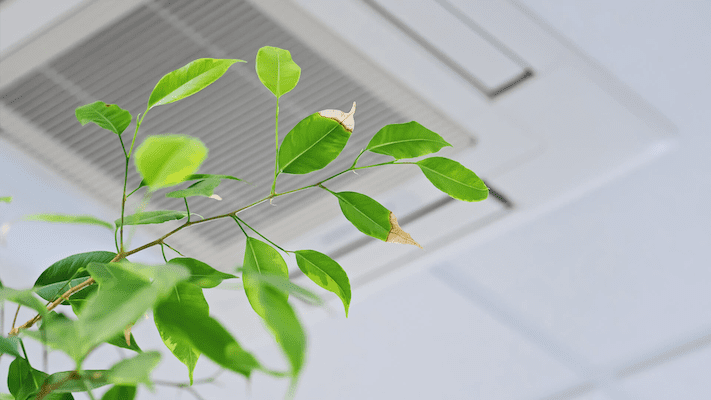Indoor air quality issues (IAQ) can be significantly improved by using various HVAC technologies like air scrubbers, media filters, dehumidifiers, humidifiers, and energy recovery ventilators (ERVs). Here’s how each of these technologies helps improve IAQ:
- Air scrubbers: Air scrubbers use advanced technologies like UV-C light, photocatalytic oxidation, and activated carbon filters to remove harmful pollutants, including airborne bacteria, viruses, mold spores, and volatile organic compounds (VOCs), from the air. Air scrubbers are especially useful for people with respiratory problems or allergies.
- Media filters: Media filters are high-efficiency filters that trap airborne contaminants like dust, pollen, pet dander, and mold spores, improving IAQ by removing these harmful particles from the air. Media filters are also effective in reducing the number of airborne viruses and bacteria.
- Dehumidifiers: Dehumidifiers help improve IAQ by reducing excess moisture, which can lead to mold growth, dust mites, and other harmful microorganisms. Dehumidifiers work by removing excess moisture from the air, making the air feel cooler and more comfortable while reducing the risk of respiratory problems and allergies.
- Humidifiers: Humidifiers help improve IAQ by adding moisture to dry air, which can cause respiratory problems, dry skin, and other health issues. Humidifiers maintain optimal humidity levels, preventing the spread of airborne viruses and bacteria while keeping your skin and nasal passages hydrated.
- Energy recovery ventilators (ERVs): ERVs help improve IAQ by providing a constant supply of fresh air while removing stale air, and reducing the concentration of airborne pollutants in your home. ERVs work by exchanging heat and moisture between the incoming and outgoing air, helping to maintain a comfortable and healthy indoor environment.

In conclusion, air scrubbers, media filters, dehumidifiers, humidifiers, and ERVs are all effective HVAC technologies that can help improve IAQ by removing harmful pollutants, reducing excess moisture, maintaining optimal humidity levels, and providing a constant supply of fresh air. It’s essential to consult with a professional HVAC technician to determine which of these technologies is right for your home and IAQ needs.


